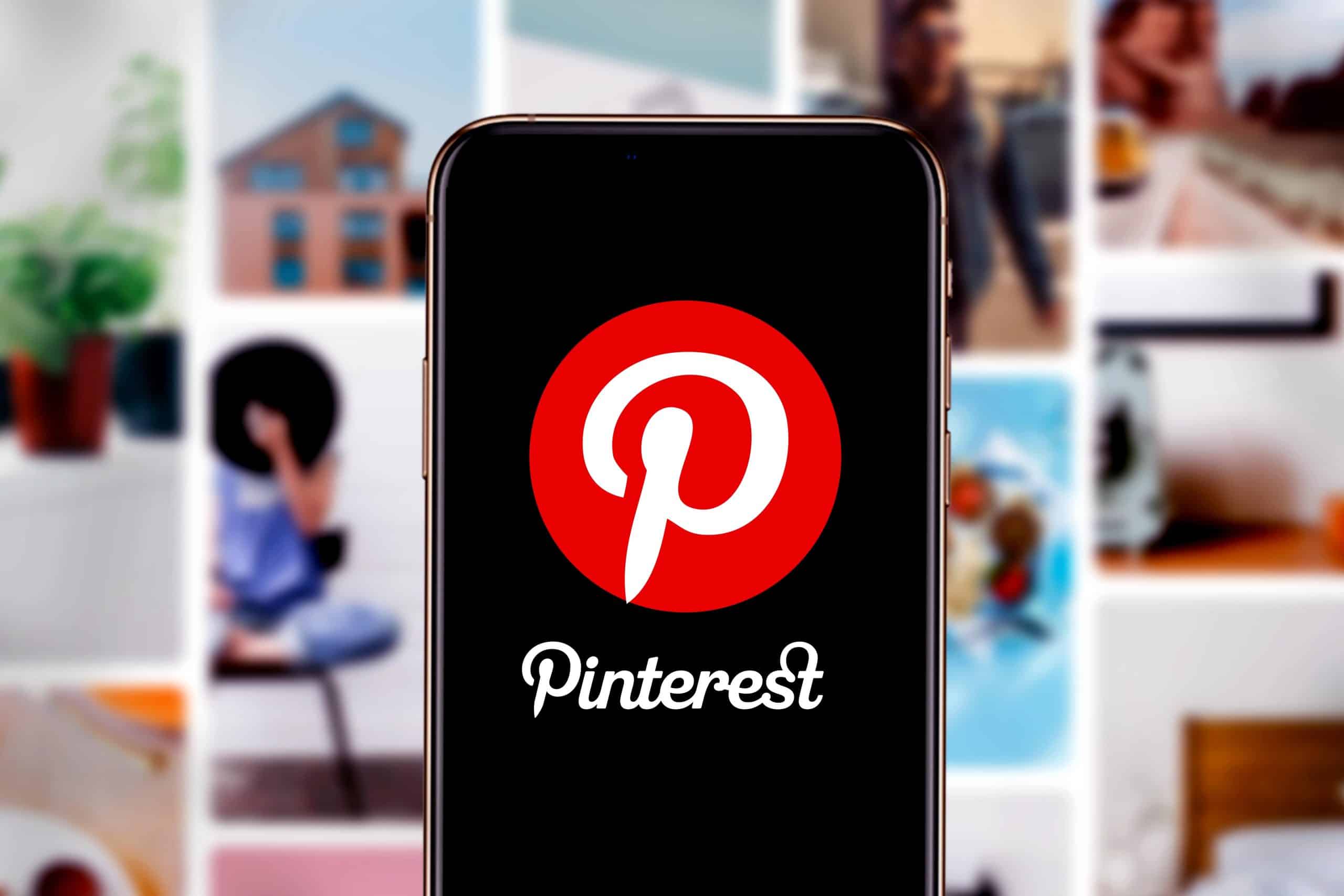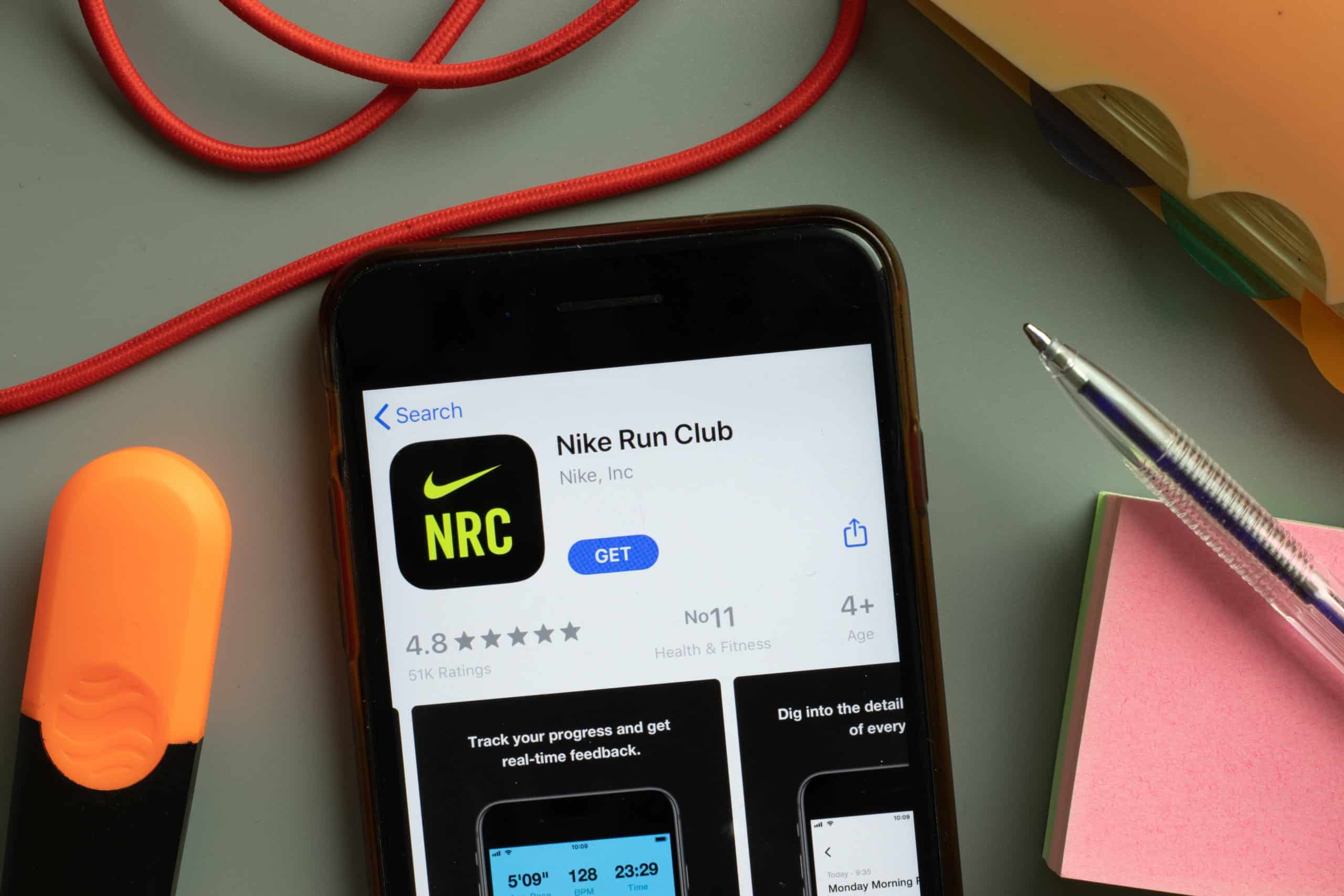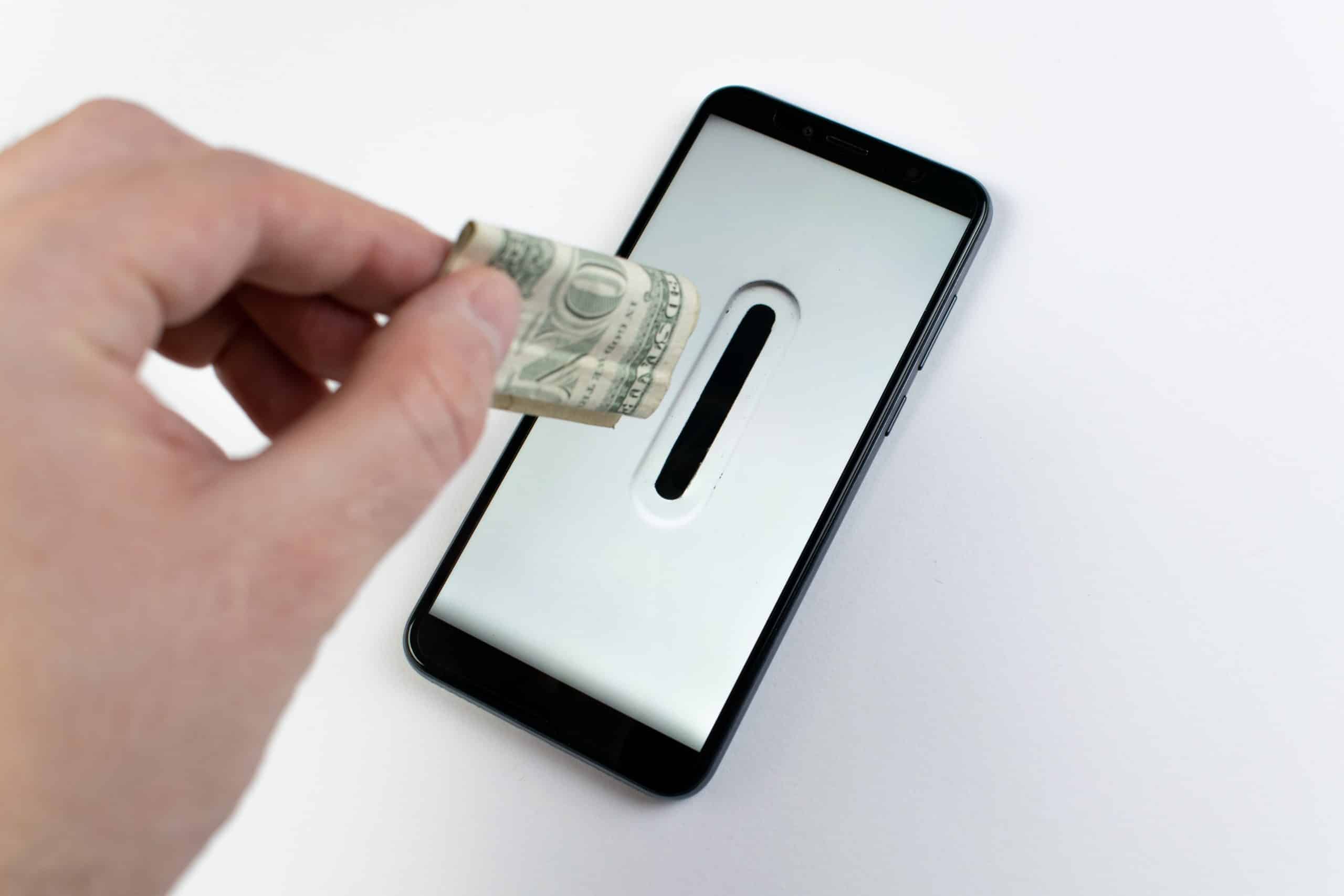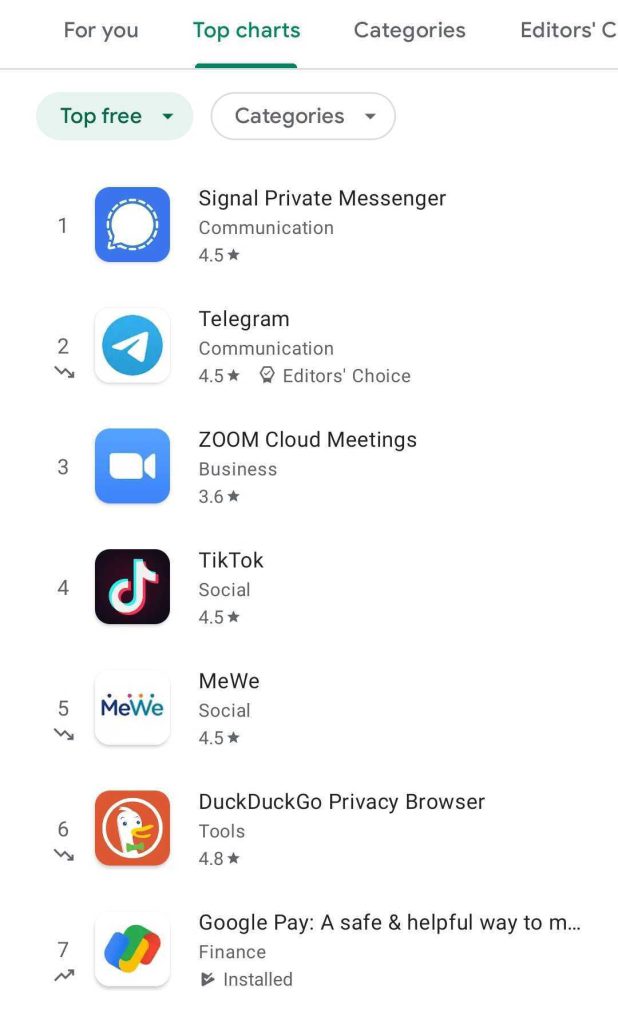Pinterest’s Automated Ads, Google Play Store’s Ranking Indicators & More

- Pinterest implemented a new customizable advertising format that allows marketers to automate the process of building personalized creative ads to target specific audiences.
- Nike revealed in January that its apps helped it achieve a huge digital sales growth in 2020.
- With the death of third-party cookies and changes to key identifiers such as Apple’s IDFA, many businesses have been redirecting their sights on first and second-party data.
- Mobile spending rose significantly during 2020 amid the global pandemic that saw everybody with more time to dedicate to their devices.
- Google Play Store has introduced new icons that indicate whether an app has risen or fallen in the charts, which will allow app marketers to analyze download trends.
Pinterest’s New Ad Format
It seems that every platform is moving towards automating their ad campaigns these days, and Pinterest is no exception. Following competitors Facebook and Snapchat, Pinterest has recently introduced a way to automate the process of building personalized creatives for ads. The new customizable ads will allow marketers to target specific audiences with a lot less hassle than the manual approach previously required. Now, advertisers can use digital assets to make numerous Pins.

Various platforms have been revealed as partners in the process, including RevJet, StitcherAds and Smartly.io. They’ll all be providing software templates and tools for dynamic ad designs. If you’re an advertiser, you can now say good riddance to the time spent on creating customized ads in the hundreds.
What’s really changed? Advertisers will now be able to combine product images, feed data and bespoke design elements automatically to create personalized ads based on real-time audience data. Included in this will be branding, custom backgrounds, star ratings, etc. Dynamic Image Templates can be used to automatically adjust image sizes or overlay specific branding, among other features. This will allow advertisers to keep their ads consistent with their website banners. Tests can also be run on the creative assets to see which perform the best.
So, not only will advertisers save on time and effort, they’ll also improve their sales performance at the same time.
Nike’s Apps Crucial Role in 2020 Growth
It’s no secret that many brands achieved sales growth in 2020, especially those that could tap into the COVID climate. With exercise just about the only freedom available to many people around the globe, Nike was bound to be up there. What we found interesting was Nike’s attribution of this growth to its apps in particular. We know how important apps are to brand growth, but it’s great to see their value recognized by a global powerhouse.

Throughout a tumultuous year, Nike’s apps made its brand more accessible to shoppers when in-store visits were less viable. As for Nike itself, the apps allowed the brand to gather more data on its customers, including their spending habits, exercise routines, etc. All of this data can provide better insights for future marketing campaigns.
How have Nike made its apps crucial to its brand success? A gamification strategy has been put to play to encourage customers to take part in various activities in the hope of increased loyalty, strong brand messaging and amped up sales. For example, SNKRS, a Nike app designed for dedicated “sneakerheads”, allows users to be part of a Nike community where they can offer forth their own designs for limited-edition sneaker drops. It’s purposefully interactive to maintain customer loyalty.
The Rise of First-Party and Second-Party Data
The death or third-party cookies and changes to key identifiers such as Apple’s IDFA are upon us, posing a difficult year ahead for app marketers. That means first-party and second-party data are of increased importance. Although hard to define exactly, “second-party data” generally pertains to the acquisition of another company’s first-party data through partnership. For its success, brands must collaborate, and potentially use green rooms to analyze data in a protected way. First-party data, sometimes also referred to as zero-party data, is data which is actively shared with a company by consumers, such as preference data and transaction intentions.

According to a recent report by Merkle, 52% of respondents said that their organizations have prioritized digital experiences and/or strategies to collection more first-party data. In fact, 88% said that collecting and storing first-party data is a high or the highest priority for marketers over the next 6-12 months.
Mobile Spending 2020 Increase
Mobile engagement rose significantly in 2020 amid the pandemic, App Annie’s most recent State of Mobile report finds. This is hardly surprising given the “stay at home” nature of the year, and the fact that we saw the same pattern in each quarter. All in all, consumers spent $143 billion on mobile apps, presenting a 20% year-on-year increase. App Annie doesn’t think the rise will end as we continue into the new year, however, with their prediction for mobile spending in 2021 to nearly double and top a whopping $290 billion.

What’s clear is that in this mobile-first world we live in, brands’ presence in the mobile app sphere is just as important as their web presence, or will soon takeover.
Google Play Store’s New Icons
New chart position icons have been added to Google Play Store to highlight rising and falling apps within category leaderboards. The new icons will show a trending up or trending down arrow beneath the app’s number ranking, showcasing whether the app’s downloads have caused it to rise or fall in rank. While there are no more details given, such as how far up or down the app has travelled, or when the change began, these icons provide app marketers with insights into download trends.

How to make sure you don’t see that downwards arrow beneath your app’s ranking? Invest in your ASO. Over 64% of users find your app organically by browsing through the app store, and ASO is your first chance to wow them. By offering users the best screenshots, video, description, title, icon, reviews, etc., you’re giving them few reasons not to convert. The more you keep them converting, the easier it will be to keep your app clear of any falling downloads icon!






